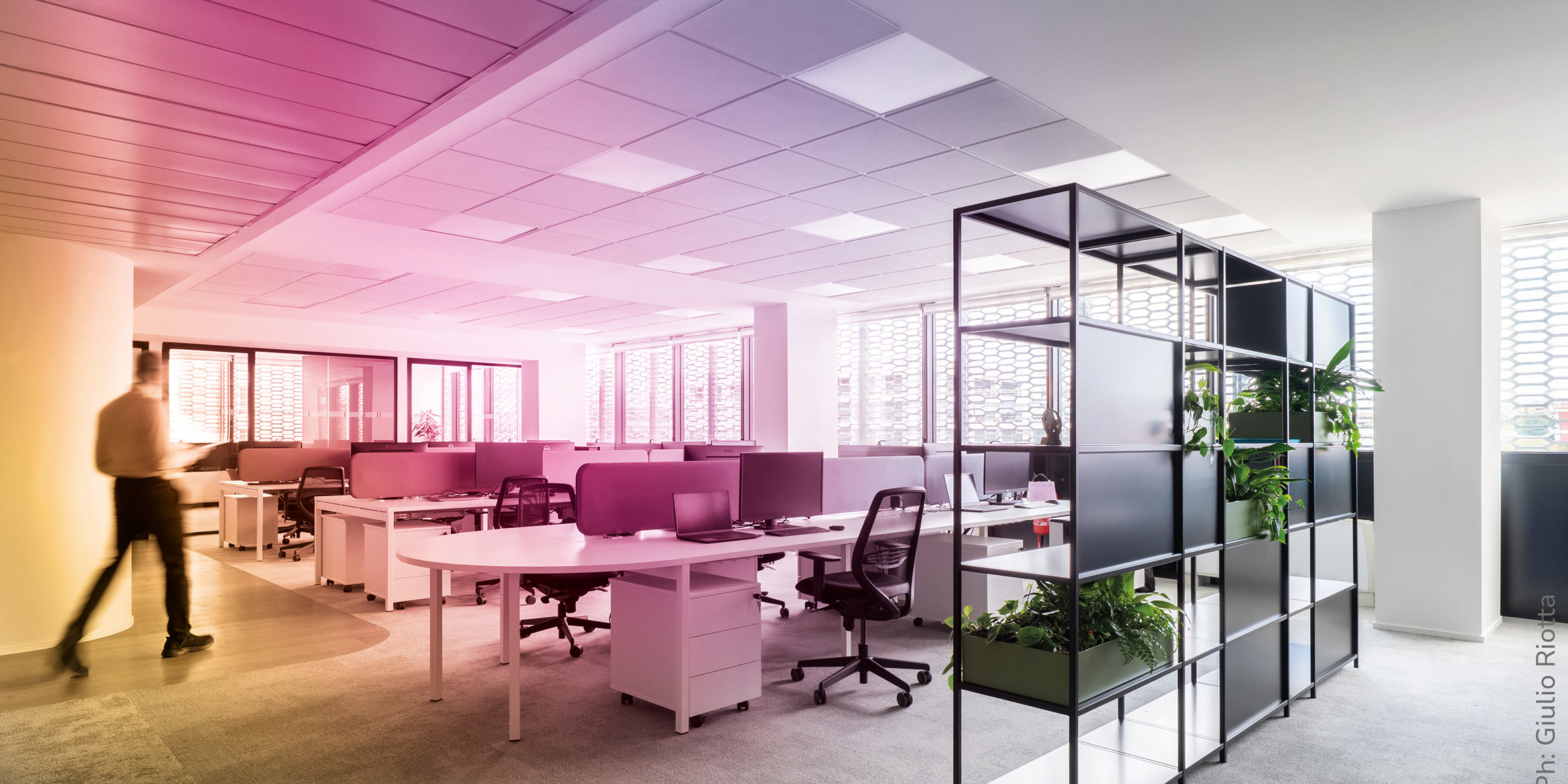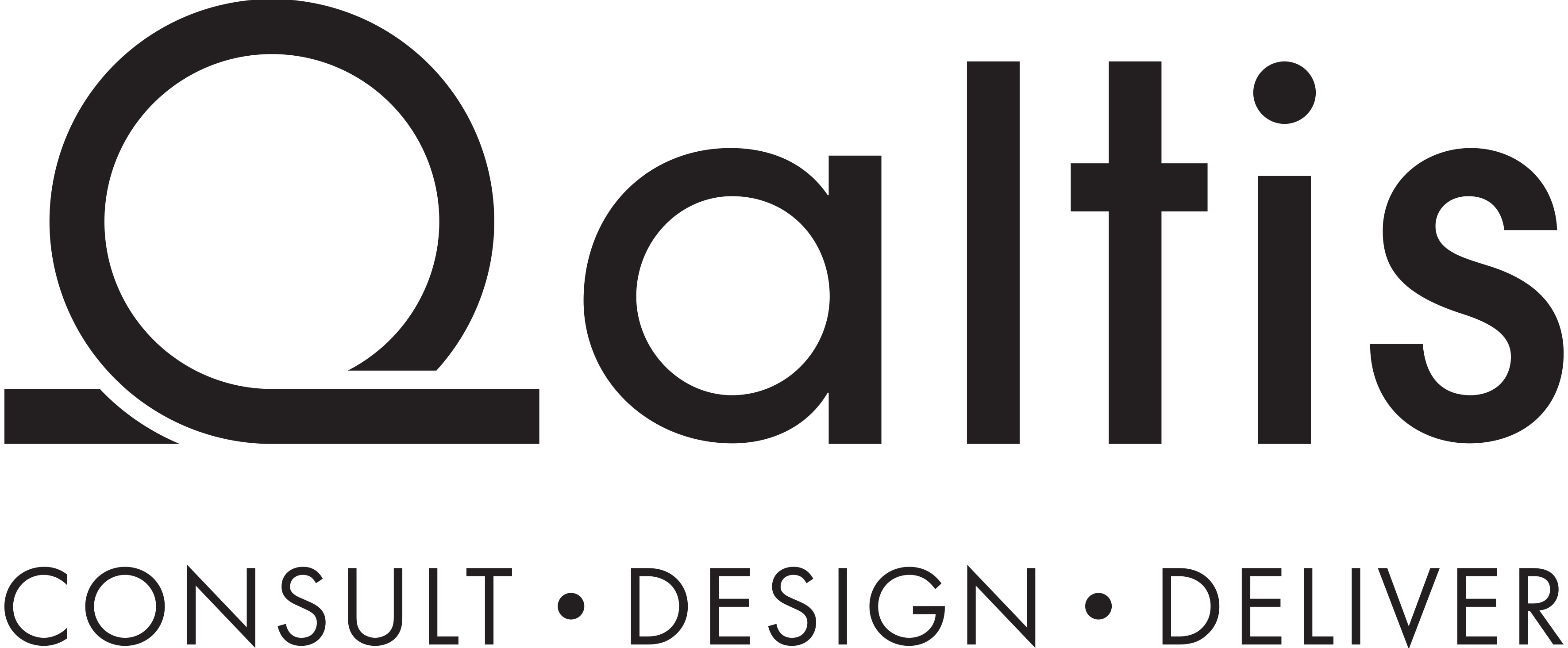Chairs that swivel, desks without borders, and the promise of endless brainstorming. That’s how the open space was sold: the ultimate solution to make companies more collaborative, dynamic, “cool”. And the reality? The soundtrack is noise, distractions, loud phone calls, and noise-cancelling headphones as the only form of self-defence.
The open space has become the standard, but that doesn’t mean it always works. In fact… often the opposite is true.

The myth of perpetual collaboration
In the 1990s and 2000s, open spaces embodied an almost utopian vision of the office: no walls, no barriers, just colleagues ready to share ideas as if they were sweets. In theory, the formula was simple: more proximity = more collaboration. In practice, more proximity = more coffee breaks and chit-chat. The myth of spontaneous interaction has often turned into a trap: the open plan doesn’t guarantee exchange, but interruptions.
White noise or black noise?
The problem is not just organisational, but cognitive. Every interruption breaks what we might call “attentional cycles”: a recent study from Toggl Blog suggests it takes on average 23 minutes to regain focus after a distraction. Multiply that by ten micro-distractions a day and it’s clear why phone booths have become the status symbol of the open office. The promise of collective energy easily turns into white noise, on a good day, or black noise, the kind that burns time and patience.
Not open vs closed, but plural
The point is not to choose between walls or open spaces. The issue is more subtle: designing environments that respect people’s different cognitive and emotional registers. Some need isolation to concentrate, others thrive on sharing to generate ideas, others on movement to find energy.
This is where our approach, Emotion Based Working, comes in: reading and designing spaces starting from the emotions they must sustain, not from the architectural dogma of the moment. There is no single model, but an ecosystem of possibilities. Closed rooms, hybrid areas, private corners, fluid zones: the real office is not a spatial dogma, but a set of conscious choices.
Do we want to admit it or not?
The open space was the symbol of an era, probably over. Working well today means creating environments that know when to open and when to close. Because in the end, true collaboration goes far beyond desk layouts: it is born from the design of a space that respects different ways of thinking and working.
And if this topic intrigues you, write to us at [email protected]. we promise a conversation more stimulating than an improvised brainstorming session at the coffee machine.


